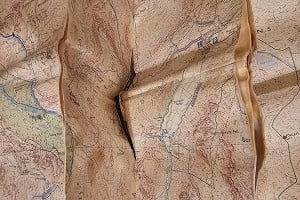
If you're in the market for a new sleeping bag, deciding which one best meets your needs can be a baffling business. In this two-part series scientist Matthew Fuller guides us through the minefield.
Part 1 covered the thorny issue of test standards and temperature ratings; in this follow-up our down insulation expert looks at materials, construction methods, and the many variables that influence how warm you'll actually feel in the real world.
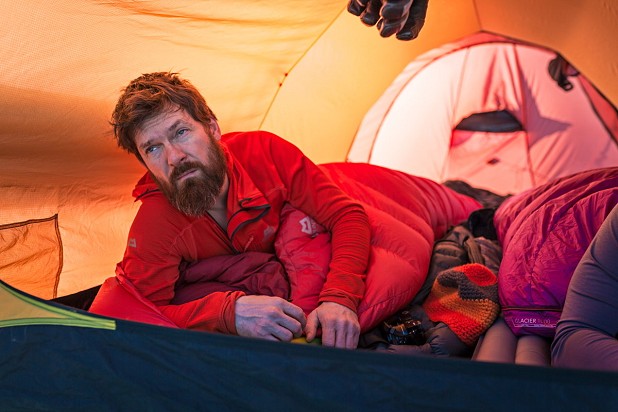
We covered temperature ratings last time, but there's a whole host of other things that you should consider when buying a sleeping bag. Here's a summary:
- Budget: Bags can cost from £10 to £1000. If you are reading this then you actually care about your sleeping bag purchase, so spend as much as you can – sleeping bags last for years with the right care and hold their value much better than most outdoor kit. As with many things, there are diminishing returns on extremely expensive bags but if they make the difference between an expedition summit and feeling wasted after another sleepless night then arguably they're worth it. On an alpine route the difference between a 1 kilo bag that can go down to -10 °C and a 1 kilo bag that struggles below freezing could be significant.
- Fill type: I'm pretty biased on this one, but down is generally best unless you enjoy sleeping in really horribly wet places, you have a habit of not looking after your kit, or you choose to not buy it for ethical reasons. Down is warmer for its weight, more comfortable, longer lasting, and more compressible than synthetic and whilst synthetic fills have made big inroads in the like-for-like performance stakes when used in clothing, there remains a considerable performance gap when used in sleeping bags. Therefore synthetic is best if you are using a bag that will regularly get damp or wet through (e.g. snow-holing) or if you simply can't afford or just don't want to buy a down bag.
- Fit: As mentioned in the last article, you really need to try a bag for size. Is it constrictive, is it too tight, is it long enough, is the collar in the right place? Bags vary significantly in size, with some bags offering bed-like comfort but at a weight penalty, while the lightest bags will be very efficient but not offer a lot of wiggle room. If you lie on your side when you sleep, try doing this in the shop!
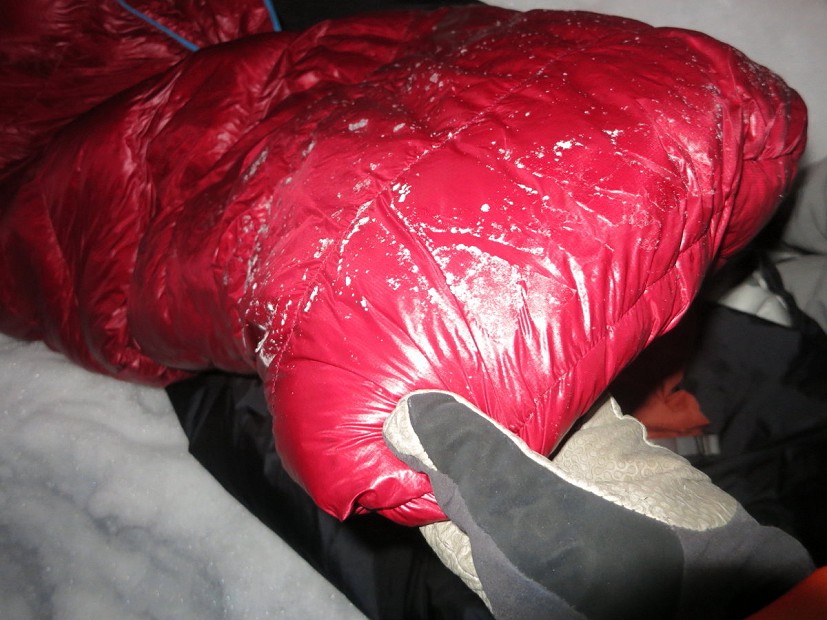
- Face fabric: Water repellent face fabrics are ideal if using the bag in wet climates or on extended trips where you might struggle to pack your bag away dry. Lightweight air permeable fabrics are also good for multiday trips in that they dry very quickly. If you use a very protective bag you might be able to bivouac without a bivvy bag, but be prepared for the bag to be difficult to dry out if it gets wet.
- Down details, synthetic specifics: If buying a down bag the weight of fill is the biggest thing that impacts on overall warmth, but fill power is also important. Higher fill power usually means better quality down and better quality down should result in a lighter and more efficient bag, but also consider the ethics of where the down came from. Would you sleep comfortably in a sleeping bag filled with down from a source you have no idea about, where birds might have had a pretty horrific existence in order to make your sleeping bag? With synthetics, continuous filament insulation is way more durable than normal staple fibre and so bags filled with continuous filament insulation will last much longer without losing warmth. The downside of continuous filament insulation is that packsize tends to be bigger and it is much more expensive than staple fibre.
- Weight and packsize: Be honest: do you tend to car camp, backpack, or use bags on alpine bivvy ledges? If it's mostly car camping then buy a big cushy warm bag – weight just doesn't matter. However, if you're backpacking then you'll care big time about a lightweight bag. Look for a bag well under a kilo for a summer bag, under 500g if you're serious. For a year-round bag 1.5kg gives you tonnes of options, and even a -40°C bag need only weigh 2kg at most. If you carry your sleeping bag a lot and you've only ever used synthetic sleeping bags, try squashing a decent down one into its stuffsack: is there any better demo of why you should consider a down bag?!
- Down control: Down control is about keeping the down where it needs to be. Down is more fluid than solid in some conditions, so it likes to move around a lot. On short trips this doesn't really matter, but after a few days of sleeping outside down can clump together and this leads to cold spots. Big baffles tend to make this worse, and footboxes and hoods can be particularly bad for it. If you've camped for multiple nights in cold and wet conditions and noticed your sleeping bag getting gradually less insulating it's probably the down shifting in the bag. Look for bags that try to stop this happening, using clever baffles (e.g. trapezoid) or down density stuff: bags built for serious trips should have been designed with down control in mind. If you're doing a one-night mountain marathon it's not worth worrying too much about, but if on an expedition or multi-dayer it can be extremely important.
- Features: Do you want a pocket, elastication, full length zip, no zip, big collar, space for your expedition boots, sleeve for your sleeping mat, inbuilt pillow, holes you can stick your arms out of…? Features are increasing in number and variety on sleeping bags. Choose lightweight minimalism or glamping comfort. Do you even want a sleeping bag? Have you considered a quilt…?
- Temperature rating: Oh yeah, that thing again - see part one.
Other things to consider
Once you've bought your SlumberEezee Megadown 1000+ and you're getting ready for your big trip, remember that it's not just the sleeping bag that influences how warm you'll be. There's also the effect of you (the thing that makes the heat and the thing that you care about keeping warm), the effect of other parts of your sleep system, and then the environment itself.
All about you
Metabolism varies significantly from person to person, but in general, young males produce more heat than other demographics, and in general men produce more heat than women.
However, there are often significant variations inside populations and if you think of yourself as a 'cold sleeper' then you should remember this when using your sleeping bag. Conversely, if you don't mind suffering, or are used to winter nights out on the town protected by nothing but glitter, a miniskirt, and six Jagerbombs, then you may be able to use your sleeping bag in much colder conditions than those which are recommended for the average user. Body fat, muscle mass, activity level, fitness, age, state of mind, tiredness, physical size all impact on how warm you feel.
Altitude also makes a difference to how warm you are, as your metabolism is less effective as your oxygen saturation decreases. This is particularly relevant in poorly acclimatised individuals, or in those who are sleeping at very high or extreme altitudes. People on Everest using sleeping bags rated to -40 °C aren't generally using them because it's as cold as that; it's because they might be out of their tree and unable to thermoregulate properly. This is exacerbated by tiredness: anyone on a long expedition depleted day after day, waking up totally wasted, is unlikely to find their normal lightweight sleeping bag sufficient as they simply aren't going to pump out enough heat. Don't underestimate how cold you'll feel if exhausted or, worse-still, get food poisoning or an infection.
Women's sleeping bags are often provided with a lower temperature rating than their equivalent male counterparts because in general women produce less heat/ hot air than men, but women also have more inherent variability in their body temperature.
If in doubt, women (and, indeed, men) should err on the side of caution and buy a warmer sleeping bag to ensure that they do not go cold.
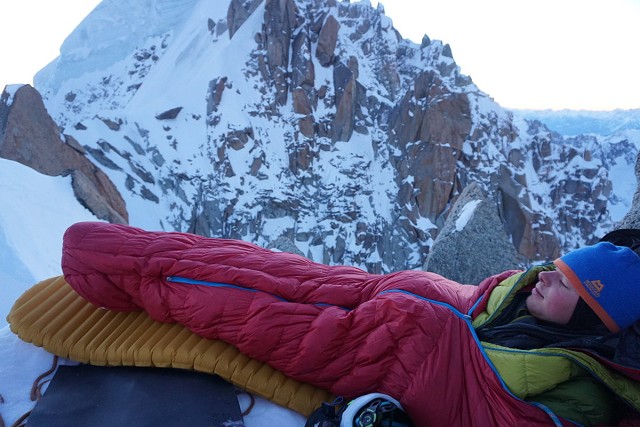
It's not all in the bag
Warmth and comfort are influenced not just by the sleeping bag itself, but by what you lie on, what you sleep in, and what you wear.
You can lose a lot of heat through the ground, particularly if sleeping on snow, ice, or on wet ground. By using a high quality sleeping mat you will be much warmer than using a thin piece of foam or scraps of bubble-wrap. There are plenty of good mats out there and they can make a huge difference. Consider using a lighter sleeping bag with a super warm mat perhaps? Lie on your ropes, lie on your pack – anything can help if you're desperate.
The myth that going naked inside your sleeping bag makes you warmer is entirely that: a myth. Unless the clothing that you are wearing is wet, or you are very tight inside your sleeping bag to the point where you are compressing the insulation inside it, wearing clothes makes you warmer. A sleeping bag liner (which also helps in keeping your sleeping bag clean) is also very beneficial, or laying any very thick clothing you might have – such as a down jacket – over the top of the sleeping bag.
Try and get good shelter from the wind, try to get cosy with your bivvy partner, and if you're in a tent it'll be warmer if you're not rattling around inside: get more people in there, have a tent party! Remember that there is a world of difference between sleeping in a fully-featured winter tent on a still night of -10 °C and sleeping at -10 °C in a draughty featherweight tent being battered by wind. Even in the very best expedition tents, strong wind can make them feel colder. If you are sleeping somewhere very draughty then expect your sleeping bag to be less insulating than usual due to air flowing over it and perhaps compressing the face fabric and insulation underneath. Also, the psychological effect of strong winds on how warm you feel should also not be underestimated.
Damp air makes things feel colder, so if you're sleeping in soaking Scottish air then it can feel much colder than a crisp alpine night, despite the higher air temperature. This is made worse in Scottish winter because the nights last for ages and ages and ages…
- For more advice on keeping warm at night, see our recent article: Top Tips for Winter Camping
About Matthew Fuller
Matt is an experienced hiker, keen mountaineer, and terrible rock climber. Most weekends he can be found hiking, climbing, running or cycling in the hills. After 9 years of university, including the world's first PhD in down and its use in the outdoors, he decided to get a job. He is now lucky enough to work for Mountain Equipment as a Product Engineer where he works on R&D, marginal gains, number-crunching, and, obviously, down products.
- Buying a Sleeping Bag? Part 1: Temperature Ratings Explained 13 Mar, 2017
- Down: The Science of The Ultimate Insulator 9 Jun, 2016
- Insulation Explained, part 2: How Clothing Works 20 Dec, 2012
- Insulation Explained, part 1: Staying Warm 14 Dec, 2012
- Waterproof Breathable Fabric - Explained 11 Apr, 2012

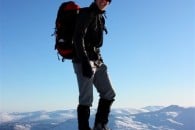

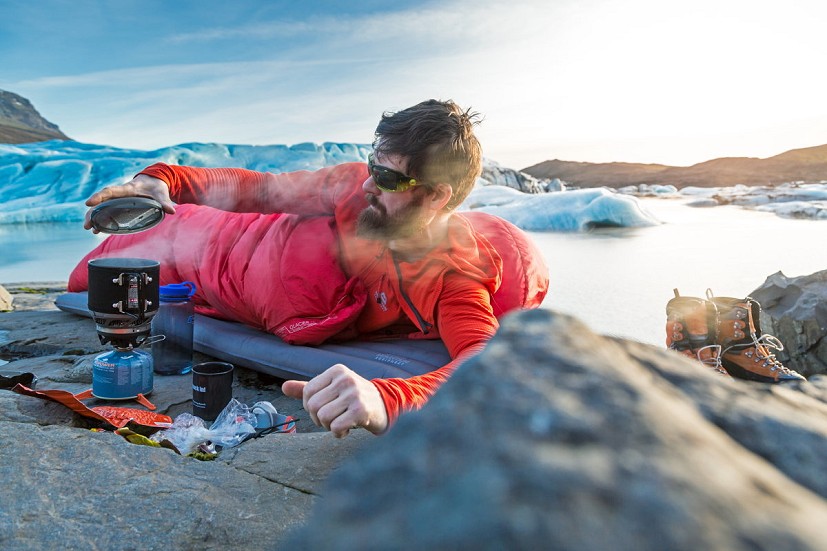
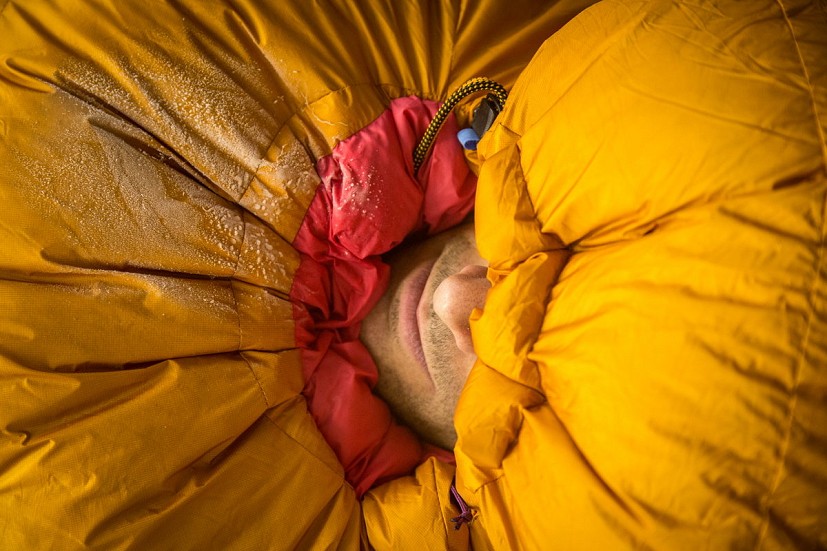
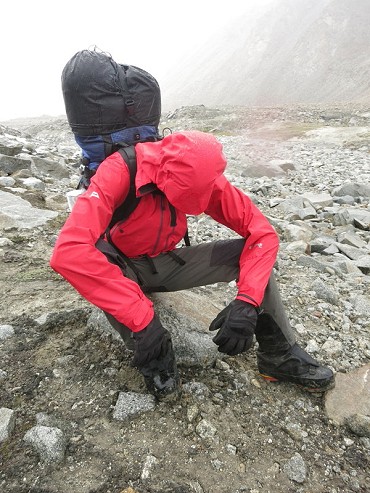
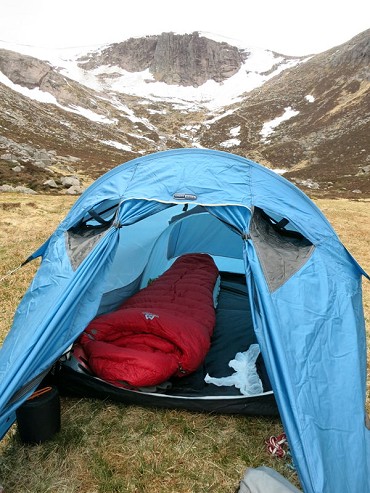
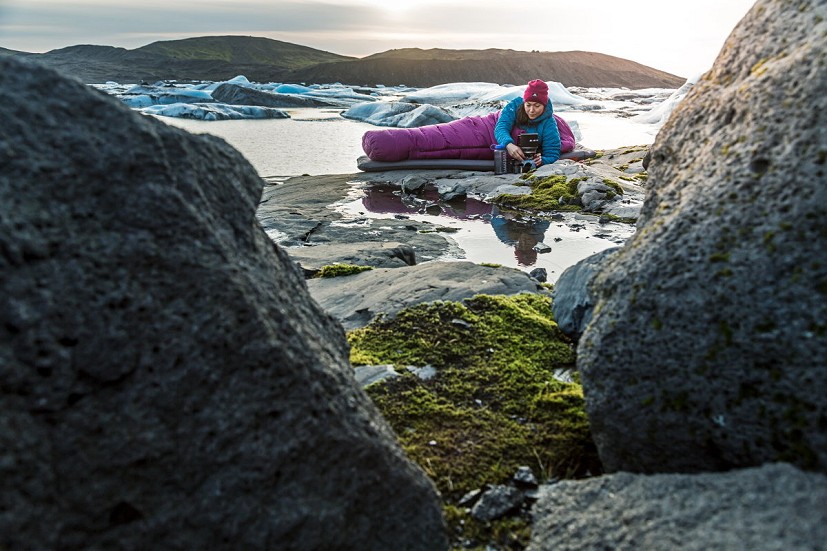
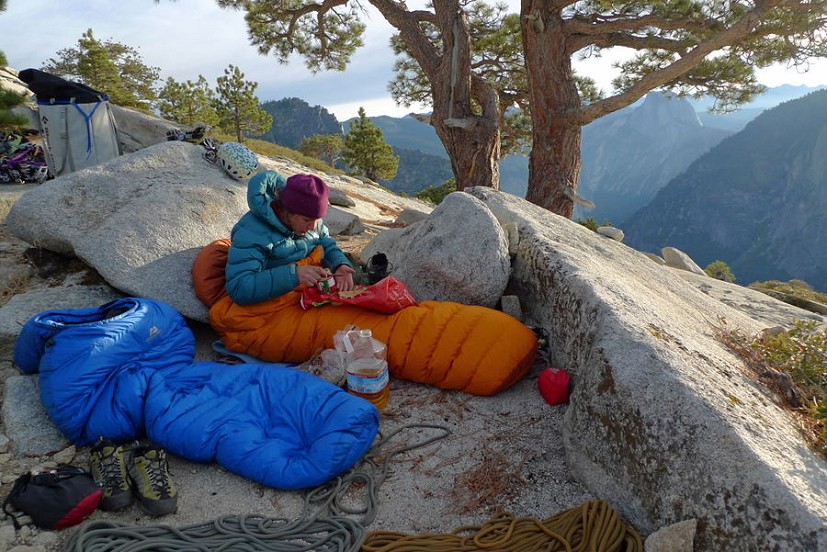

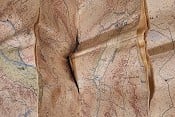



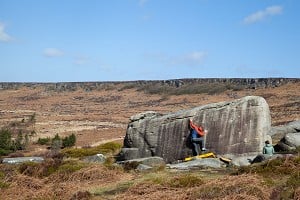

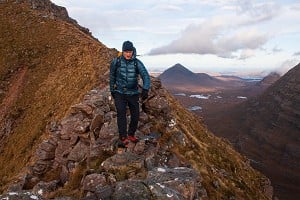
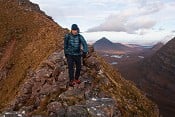


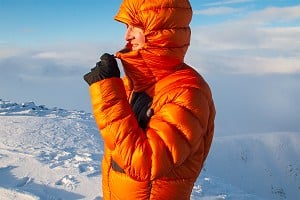
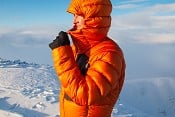

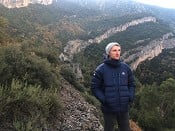
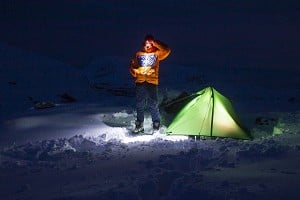
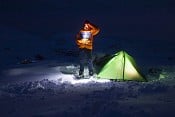
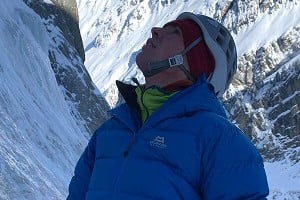
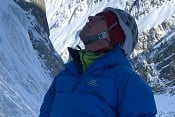


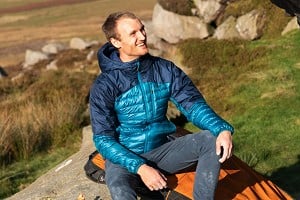
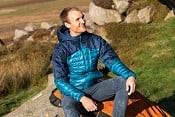


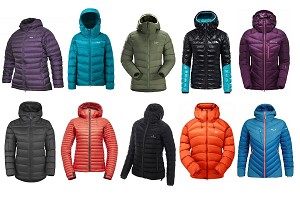
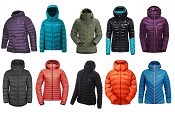
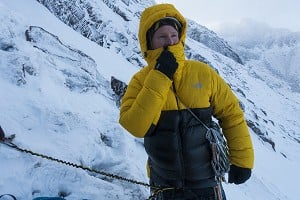
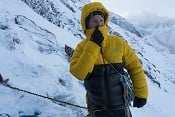
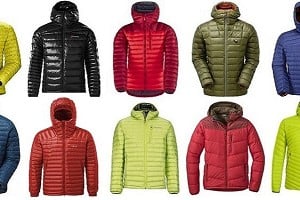
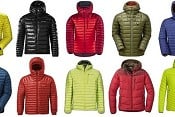
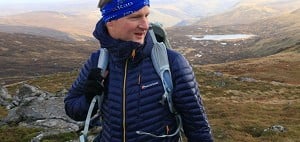

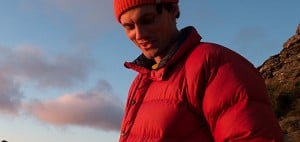

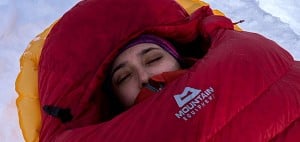



Comments